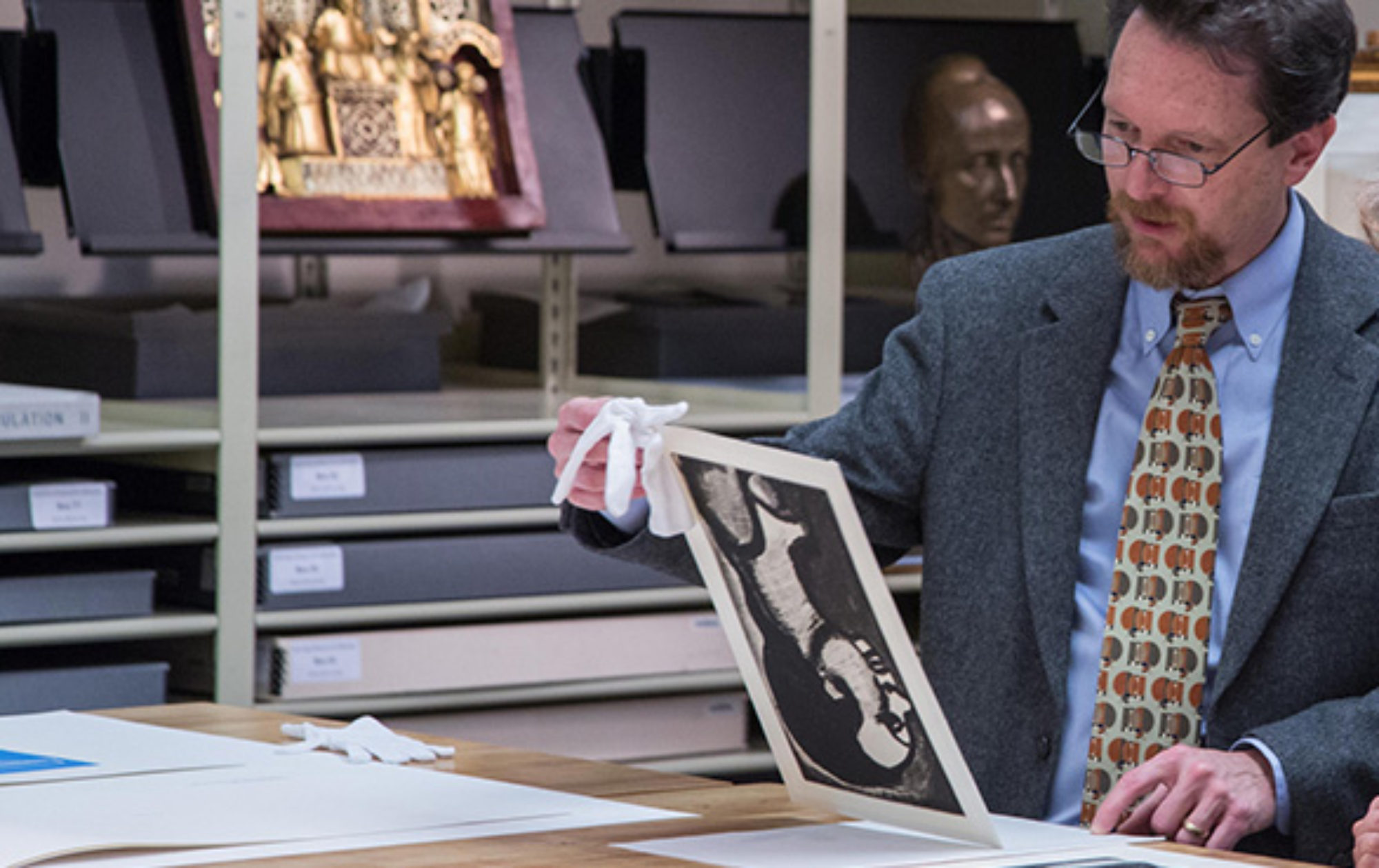I advocate for the more comprehensive activation of institutional and private art collections, designing innovative programs and facilities towards this goal.
At the University of Denver, I opened the region’s first academic art study center in 2010; I designed its Hampden Art Study Center to host art research, conservation and collections access. It now houses nearly 4000 cataloged artworks, serving as a regional laboratory for training of studio art, art history and museum professionals, where up to a dozen graduate students in career-relevant positions are employed. Online access to collections was launched in 2010–the year in which I established the formal art collections of the University.
The Art Study Center concept is based on the idea of “open collections,” where artwork is not only stored safely and securely, but is also easily made available to students, researchers and classes. This supports more active object rotations, exhibitions, and publications. Fulfillment of the institutional mission to use art collections for educational and cultural purposes is quickly matched by donor enthusiasm; major art collectors are passionately interested in the activation of their potential gifts–not in seeing them housed, out of view, in dead storage vaults.
In earlier work, I oversaw development of another study center at the Denver Art Museum, its pre-Columbian and Spanish Colonial study galleries opened in 1993. The pre-Columbian study galleries were especially effective in creating open access to over 1200 objects, nearly all of which had been housed in dead storage. I worked with project architect George Sexton, III to create a highly efficient new casework design with fixed glass, external lighting and internal access corridors. I also successfully raised $875,000 to help create the new casework and related interpretive materials.
